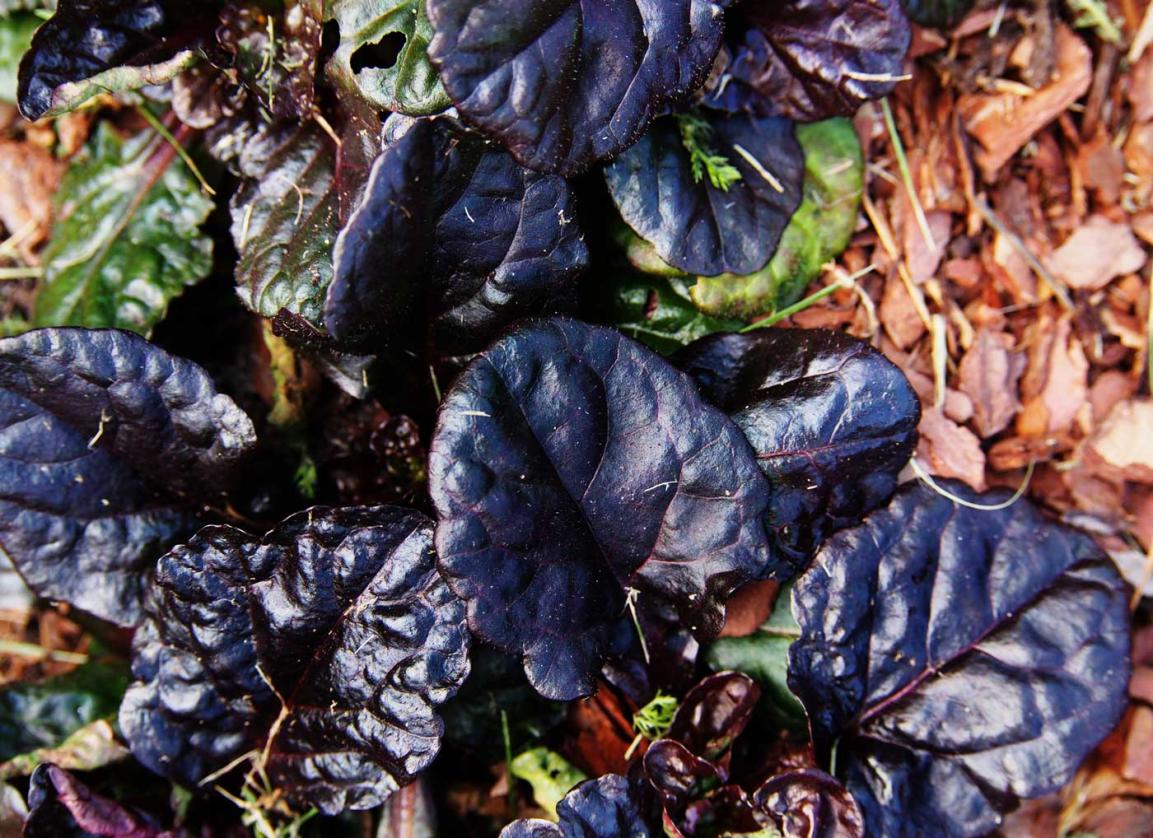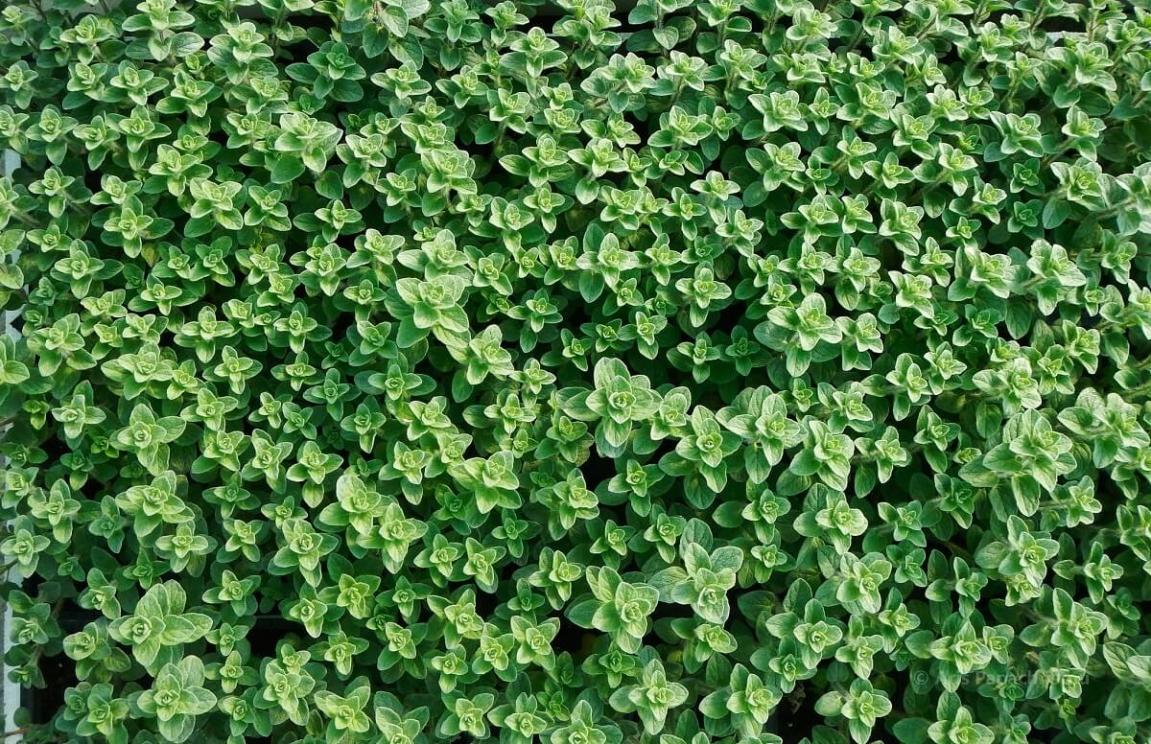What Are the Future Trends in Satellite Data Land Cover Applications?
Satellite data has revolutionized the field of land cover mapping and monitoring. With its ability to provide detailed and accurate information about the Earth's surface, satellite data has become an indispensable tool for a wide range of applications, including urban planning, forest management, agriculture, and water resources management.

However, the current status of satellite data land cover applications is limited by several factors, such as the availability and accessibility of data, the accuracy and completeness of land cover maps, and the capacity of users to effectively utilize satellite data.
This article explores the future trends and advancements in satellite data land cover applications, highlighting the potential benefits and impacts of these advancements on land cover mapping and monitoring.
Future Trends In Satellite Data Acquisition And Processing
Emerging Satellite Technologies And Platforms For Land Cover Mapping:
- Advanced optical sensors with higher spatial and spectral resolution, enabling more detailed and accurate land cover mapping.
- SAR and hyperspectral sensors for detailed land cover characterization, providing information on vegetation structure, soil moisture, and other biophysical parameters.
- Small satellites and constellations for frequent and global coverage, allowing for near-real-time monitoring of land cover changes.
Advancements In Data Processing And Analysis Techniques:
- Machine learning and artificial intelligence for automated feature extraction, reducing the need for manual interpretation and increasing the efficiency of land cover mapping.
- Cloud computing and distributed processing for large-scale data handling, enabling the processing of vast amounts of satellite data in a timely manner.
- Integration of multi-source data for improved accuracy and completeness, combining satellite data with other geospatial data sources such as aerial imagery, lidar data, and census data.
Applications Of Satellite Data In Land Cover Mapping And Monitoring
Urban Land Cover Mapping And Change Detection:
- Monitoring urban expansion and land use dynamics, providing valuable information for urban planning and management.
- Identifying urban heat islands and impervious surfaces, aiding in the development of strategies to mitigate urban heat and improve air quality.
Forest And Vegetation Mapping:
- Classifying forest types, tree species, and canopy cover, supporting forest inventory and management.
- Detecting deforestation and forest degradation, enabling the monitoring of forest health and the implementation of conservation measures.
Agricultural Land Cover Mapping And Crop Monitoring:
- Identifying crop types and estimating crop yields, aiding in agricultural planning and decision-making.
- Monitoring agricultural practices and irrigation systems, enabling the optimization of water use and the reduction of environmental impacts.
Water Resources Mapping And Monitoring:
- Delineating water bodies, wetlands, and coastal areas, supporting water resources management and conservation efforts.
- Monitoring water quality and aquatic vegetation, aiding in the assessment of water quality and the development of water management strategies.
Challenges And Opportunities
Data Availability And Accessibility:
- Ensuring consistent and timely access to satellite data, addressing issues related to data gaps and cloud cover.
- Developing mechanisms for data sharing and collaboration, promoting the open and equitable access to satellite data.
Data Integration And Interoperability:
- Developing standards and protocols for data sharing and integration, facilitating the seamless integration of satellite data with other geospatial data sources.
- Promoting the development of tools and platforms for data integration and analysis, enabling users to easily access and utilize satellite data.
Capacity Building And Training:
- Providing training and resources for users to effectively utilize satellite data, addressing the lack of expertise in satellite data analysis.
- Promoting the development of local expertise in satellite data analysis, empowering users to independently conduct land cover mapping and monitoring.
The future of satellite data land cover applications is bright, with emerging technologies and advancements promising significant improvements in the accuracy, completeness, and timeliness of land cover maps. These advancements have the potential to revolutionize the way we monitor and manage our natural resources, enabling more sustainable and informed decision-making.

However, to fully unlock the potential of satellite data, it is essential to address the challenges related to data availability, accessibility, integration, and capacity building. By investing in research and collaboration, we can overcome these challenges and harness the power of satellite data to address some of the most pressing environmental and societal issues of our time.
YesNo

Leave a Reply